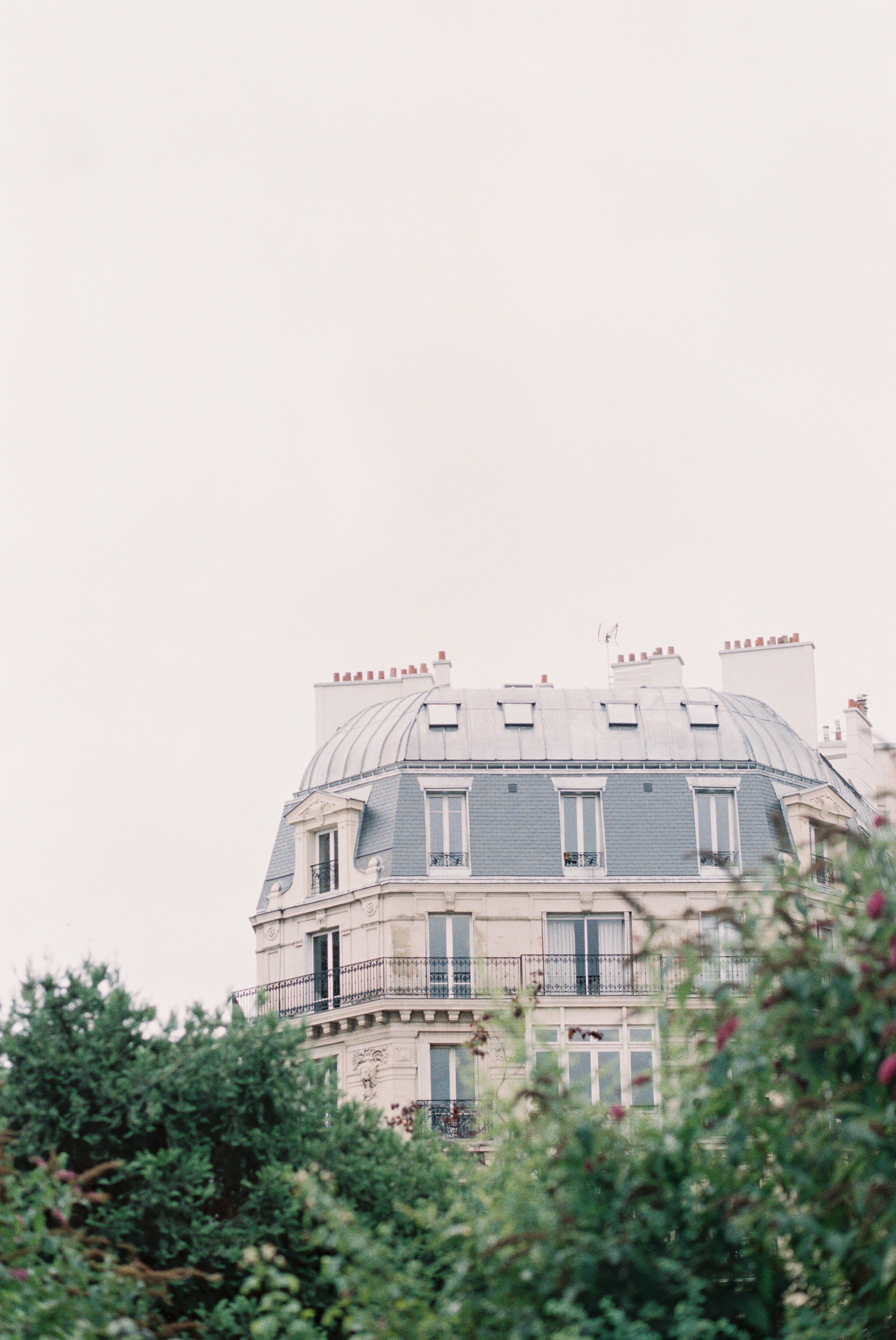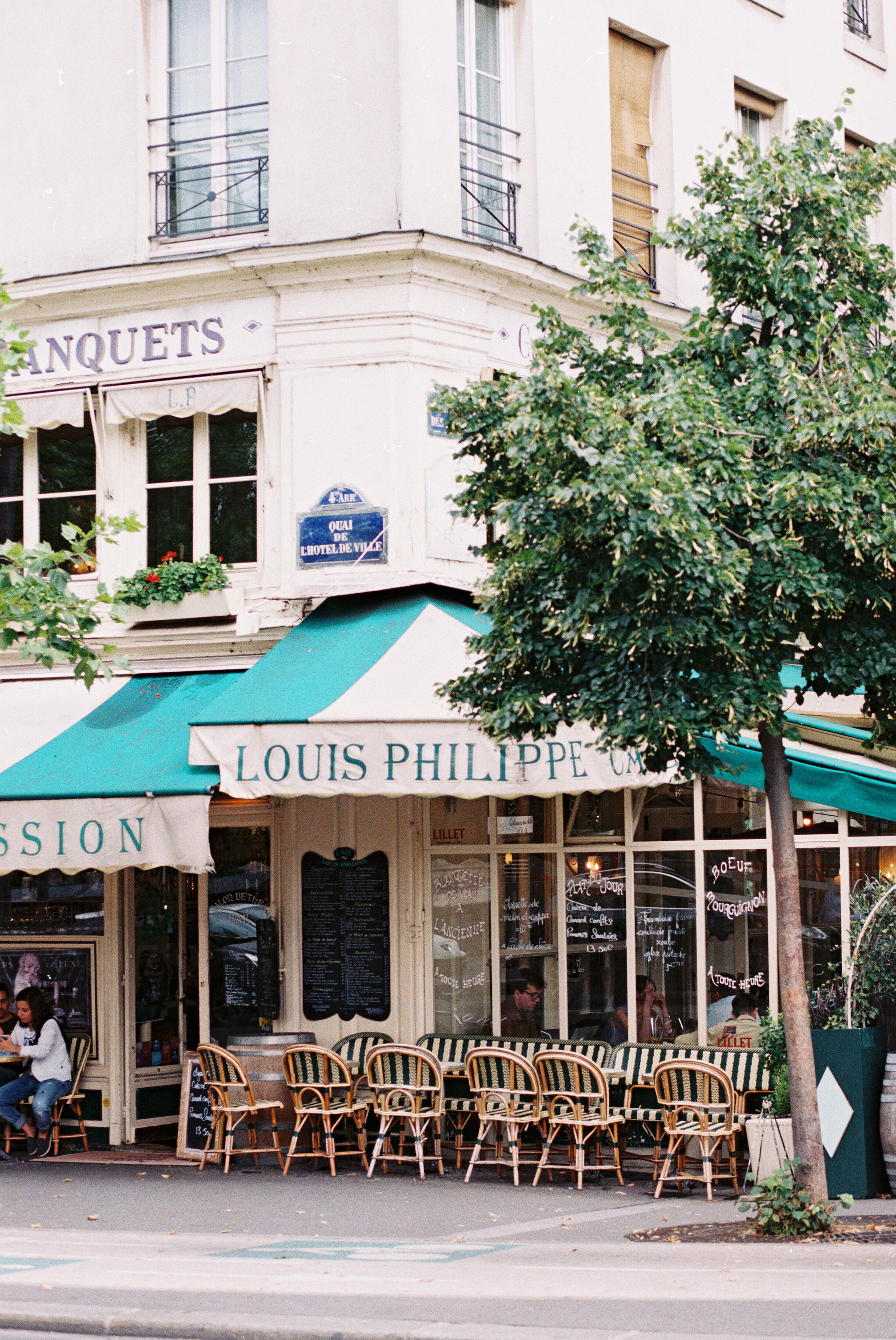Choosing a Film Lab
One of the most daunting aspects of shooting film is the cost of film itself! You have all the gear but cost of film and getting film processed just keeps compounding especially as you continue to shoot film. First, you have to choose your stock and purchase it based off of what type of film your camera takes and what ISO you would like to have set with the film variety you choose. Just to clarify two things, not all film stocks fit in all film cameras. First, a medium format camera fits what back size it is wearing (totally my own terms), so 120 or 220. The main difference being that 120 takes 16 shots per roll and the 220 takes 32 shots per roll. While, a 35 mm film camera can only take 35mm film. Second, film cameras do not have adjustable ISO options that Digital has. Instead ISO is set by the film stock chosen, a few options are 200, 400, 800, 1000. I prefer to shoot with 400 and since I shoot for fun and not professionally do not feel the need to carry higher ISO films to help out in a pinch.
Things to Be Aware of When Choosing a Film Lab
Turn Around Times it’s very important to pay attention to turn around time for scans. If you have a deadline you’ll want to make sure that the lab you choose can fill it or has an option to expedite.
Negatives and what the lab does with the negatives. Some film labs will toss the negatives and others will give you the option to pay to have them archived or shipped to you. Depending on your needs and how you plan to save your photos.
Cost. All labs have different costs for scans with digital files or just scans. The cost also changes if the film is 35mm or 120. Most labs also have options to use color portfolios to match your scans to that are an additional cost. You can also push or pull the film roll if it was under or over exposed. Pricing out different film labs can be very pricey.
Tips. Some film labs share tips on how to shoot and any issues they may have found with how the film was rolled, light leaks, or even if they thought it was over or under exposed. A lot of labs also have it as additional option add-on to receive tips on the rolls of film.









